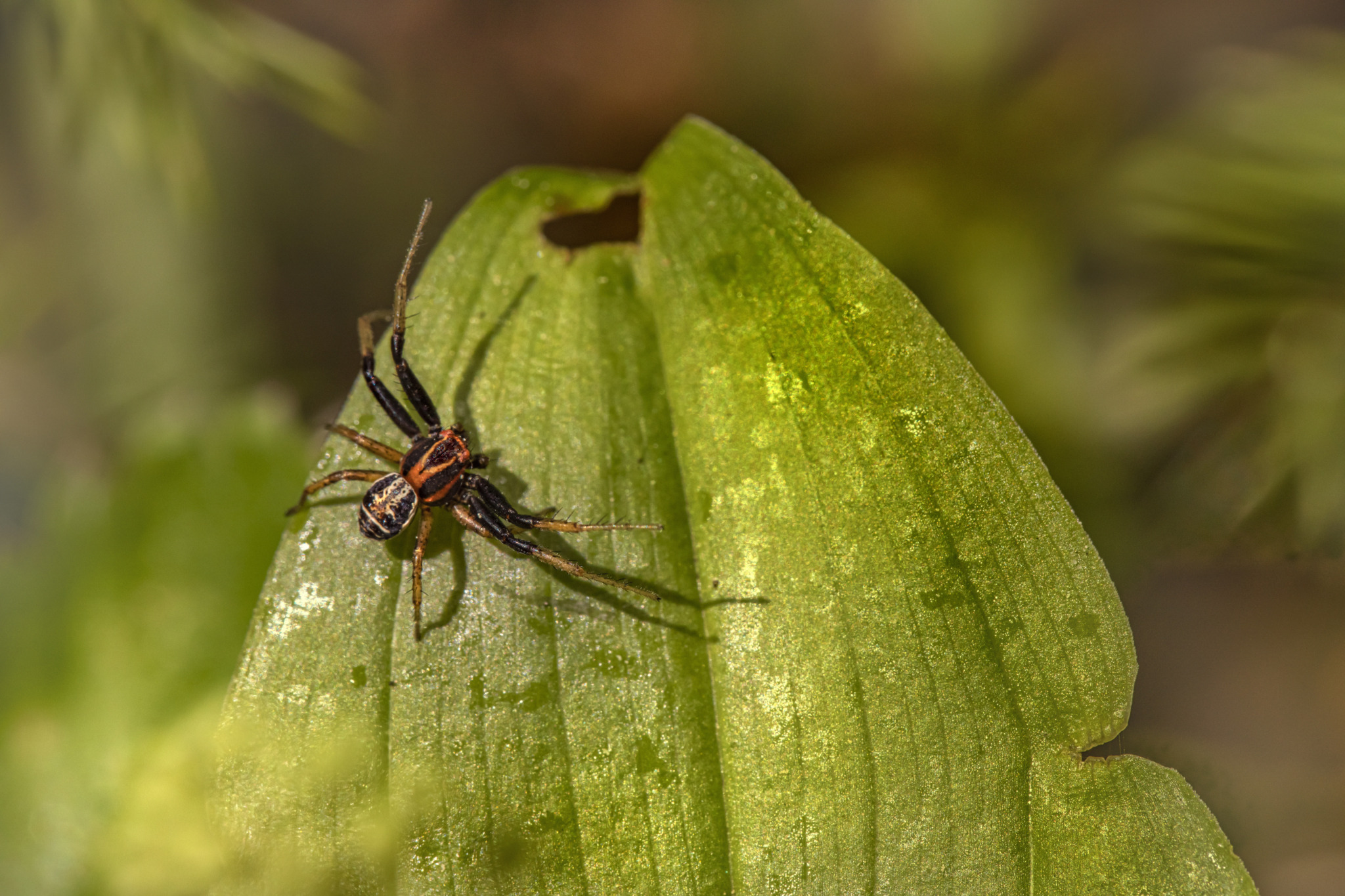Crab spiders are a fascinating group of spiders belonging to the family Thomisidae. Here are some key characteristics and information about these spiders:
- Appearance: Crab spiders are named for their crab-like appearance, with a flattened body and long, extended legs that they can use to scuttle sideways like crabs. They come in various colors, often matching the flowers or vegetation where they hunt, allowing them to blend in and ambush prey effectively.
- Habitat: Crab spiders are found in a wide range of habitats worldwide, including forests, grasslands, gardens, and urban areas. They are often found on flowers, where they wait to ambush pollinators such as bees, butterflies, and flies.
- Behavior: Unlike many spiders that build webs to catch prey, crab spiders are ambush predators. They sit and wait patiently on flowers or foliage, relying on their camouflage to remain undetected by insects. When prey comes within reach, they strike quickly and use their strong front legs to grab and immobilize their victim.
- Diet: Crab spiders primarily feed on insects, particularly pollinators that visit flowers. They are sit-and-wait predators, relying on camouflage and stealth to capture their prey rather than actively hunting.
- Reproduction: Female crab spiders typically lay their eggs in silk sacs, which they attach to plants or other surfaces. The eggs hatch into spiderlings, which undergo several molts before reaching maturity. Male crab spiders often exhibit elaborate courtship rituals to attract females for mating.
- Venom: While most crab spiders are not considered harmful to humans, they possess venom that they use to subdue their prey. However, their venom is not potent enough to pose a significant threat to humans, and crab spiders generally do not bite unless provoked or handled roughly.
- Adaptations: Crab spiders exhibit remarkable adaptability and can change their body color to match their surroundings. This ability, known as environmental or physiological color change, allows them to blend seamlessly with the flowers or vegetation where they hunt, enhancing their ambush tactics.
- Ecological Importance: Crab spiders play a vital role in ecosystems by helping regulate insect populations, particularly those of pollinators. They are also important indicators of ecosystem health and can be used as bioindicators to assess the impacts of environmental changes on biodiversity.
Overall, crab spiders are fascinating predators known for their unique appearance, ambush hunting behavior, and important ecological role in various habitats worldwide.
Views: 10
Subscribe to the newsletter:
